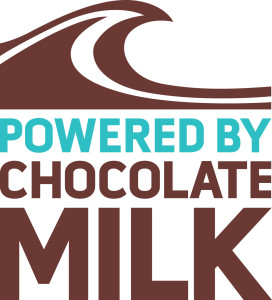Somewhere between discussions about the oxidation of vegetable oils, the anti-inflammatory effects of polyphenols, and something about eicosanoids (huh?), I realized that a quick guide on oils was in order.
One of the most important changes we are realizing is we need way more healthy fats and oils. So many oils we are exposed to are rancid and doing more damage than good! I am a huge fan of increasing your fat intake, so lets do this right!
Simplicity is a beautiful thing, so here is an infographic on oils, followed by a more detailed guide on when to eat each
Why Use It:
- Delicious
- Many health benefits associated with it – increased fat burn over carbs, weird things like natural sunscreen
- Increase performance, through lower lactic acid buildup, increases in energy
When To Use It: This is the god of oils for cooking. Coconut oil is very heat resistant, and did I mention delicious? Pick this one for most of your cooking needs.
Which One To Buy: Look for organic, virgin coconut oil. In order for it to list virgin, it must be unrefined. There is no difference between extra virgin and virgin, other than marketing. Cold pressed is not important here, as coconut oil is heat resistant and virgin oils are not exposed to high amounts of heat.
Why Use It:
- Delicious
- Full of antioxidants and polyphenols, creating a mean anti-inflammatory
- Argued to lower bad cholesterol (LDL) and raise good cholesterol (HDL) – don’t forget the body uses cholesterol to make testosterone..
When To Use It: This is not as heat resistant as coconut, but is great for raw meals, like salads (2-3 parts oil, 1 part apple cider vinegar). It can also be used at the end of cooking, to add the great taste to meals (rice, quinoa, sweet potatoes, stirfrys) without causing damage to the oil. It can withstand some heat, but its better to leave the heat for butter and coconut oil.
Which One To Buy: Look for extra-virgin olive oil, preferably cold pressed (although there naturally is not too much heat involved in making extra virgin oils) in a dark or stainless steel bottle, to avoid oxidization (damage). Store it in a cool, dry place to increase its shelf life.
Why Use It:
- Debatably the most delicious
- All kinds of health benefits being studied, now that we realize saturated fats aren’t killing us (Your brain is made in huge part of saturated fat)
- Good source of many nutrients you’ve heard of: Vit A, D, E, K, K2 and medium chain fatty acids
- Also a source of lauric acid, anti-oxidants, glycospingolopids, cholesterol and Butyrate
- One study even showed butter protected against cancer compared to vegetable oil
When to use it: Butter is quite heat resistant, and quite delicious. Don’t go overboard, but give your fat calories a boost (while reducing bad carbs) through the use of butter.
Which one to buy: Studies say grass-fed butter is higher in omega-3’s, CLA, beta-carotene, vit A, K, D, E and antioxidants. If you are in the USA, definitely search out the grass-fed goodness. However, for us Canadians, you can’t get your hands on it easily. The good news is that the Canadian dairy industry is held to very high standards, so normal butter will suffice.
STAY AWAY! The majority of vegetable oils we are exposed to have been damaged through light exposure, oxidization, and even in the process of extracting them. The oils listed above are more resilient to these stresses, creating a healthier oil.
Lets not forget another easy way to add healthy fats to our diets – Supplements! Fish oils, according to Mark Sisson, cause “Less inflammation, lower heart disease risk, better vision, more neural development, less cancer risk, proven health benefits.” Not a bad list for a little pill. In future posts, we will go into the best oils to supplement with.




